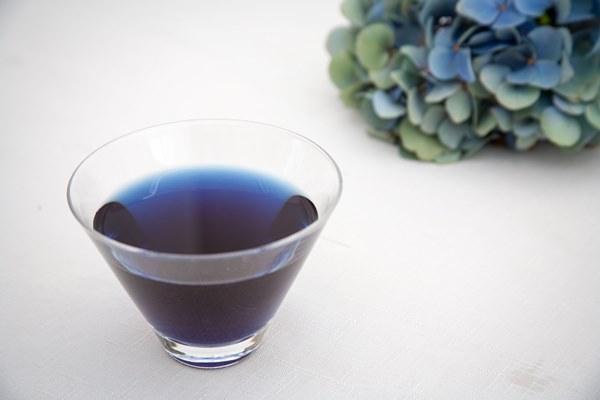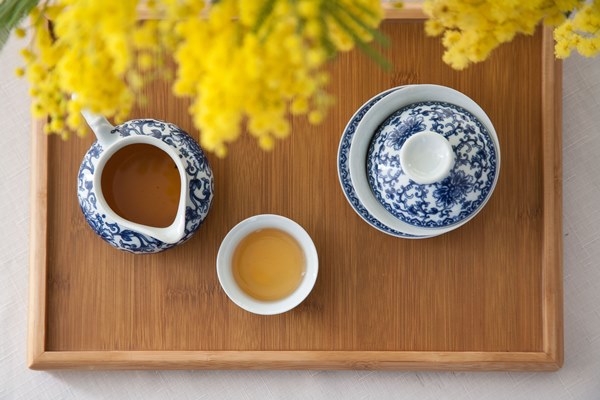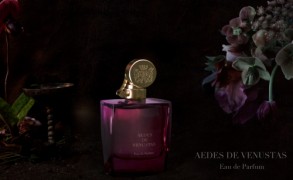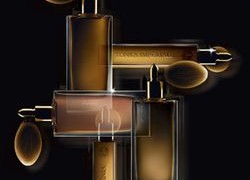Chocolate and Honey : Vietnamese Snow Mountain Pai Hao Tea
Snow Mountain Pai Hao black tea (Trà Shan Tuyết Pái hảo) is a rare tea variety harvested from 300-year old tea trees in the central Vietnamese province of Ha Giang at an altitude of 1,300m above sea level. The tea is harvested in the “one leaf, one bud” fashion, which makes it one of the highest grades that you can find. The processing is mostly manual, which is becoming rare in tea-producing countries. Although fine teas can be produced with mechanical methods, a human touch makes a difference. This tea is not only one of the most beautiful black teas I’ve encountered, but also one of the most fragrant.

Fragrance is the main reason I wanted to share this tea with you. It has a rich chocolate nuance, with an undercurrent of caramel. The chocolate is complemented by a malty note, and the aftertaste is that of honey. Despite these voluptuous notes, the tea is not heavy on the palate. It remains refreshing and sparkling.




















Aurora in Recommend Me a Perfume : April 2024: I don’t think they differ widely in scent, the EDT is punchier and a bit brighter in the top notes and the EDP clings more to the skin and lasts… April 26, 2024 at 2:27pm